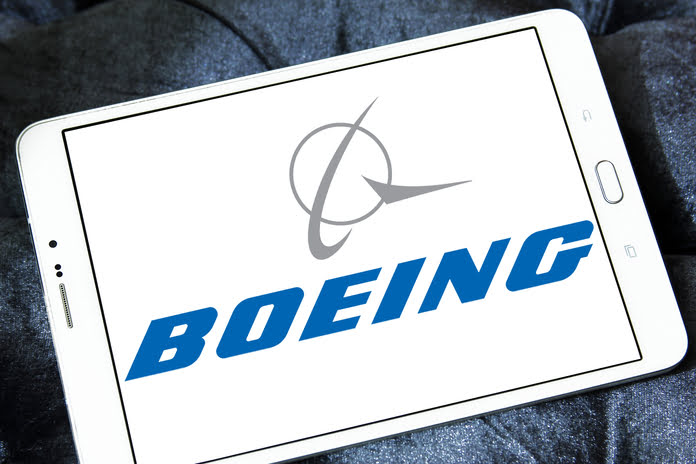Boeing (NYSE:BA) is currently grappling with a significant labor dispute that has pushed its stock to hover near 52-week lows. As the aircraft manufacturer faces a machinist union strike over wage increases, the pressure is mounting to reach a timely agreement. This situation comes at a critical moment for Boeing, which is striving to stabilize its operations and restore its reputation after a series of production setbacks.
Boeing Stock Performance
On Tuesday, Boeing shares traded at approximately $157, just $3 shy of their recent lows. This downturn reflects broader concerns surrounding the company’s ability to navigate the ongoing strike and its financial implications. As the largest union representing Boeing workers initiated the strike last Friday, production of the highly sought-after 737 Max has been halted, further complicating the company’s recovery efforts.
Impact of the Strike on Production
The timing of the strike poses a significant threat to Boeing’s recovery strategy, especially under the leadership of new CEO Kelly Ortberg. Morningstar equity analyst Nicolas Owens emphasized the urgency of getting the assembly line back on track, stating, “The strike interferes with that and delays any progress they were making on basically decertifying their assembly process for planes like the 737.”
The union’s demands for higher wages come at a time when Boeing is attempting to recover from its past production missteps, making the resolution of this labor dispute all the more critical.
Negotiation Efforts Underway
Amid the ongoing labor dispute, a source close to the negotiations revealed that both Boeing and the machinist union met in person on Tuesday, assisted by a mediator. According to the source, Boeing is “ready to hammer out an agreement,” indicating the company’s willingness to resolve the strike quickly. This proactive approach reflects Boeing’s recognition of the urgency to stabilize its operations and restore investor confidence.
Cost-Cutting Measures
In tandem with the ongoing negotiations, Boeing has announced aggressive cost-cutting measures, which include a hiring freeze and the potential for temporary furloughs for employees in the coming weeks. These measures highlight the company’s focus on preserving cash and maintaining operational efficiency amidst financial pressures.
Credit Rating Concerns
The financial implications of the labor dispute are not lost on credit rating agencies. Moody’s has placed Boeing’s credit rating under review, raising concerns about the company’s financial health. However, S&P Global has indicated that Boeing’s status is currently safe, provided the strike is short-lived. Analysts generally believe that a brief strike, lasting only weeks, would be manageable for Boeing. In contrast, an extended strike could have severe financial consequences given the company’s already strained position.
Challenges Ahead
Boeing has faced numerous challenges over the past year, culminating in a series of setbacks that began in January when a fuselage issue on a 737 Max 9 flight raised alarms. This incident triggered regulatory investigations, production delays, and ultimately led to a change in leadership. Ortberg, who assumed the CEO position last month, has the daunting task of steering the company back to stability while managing the current labor dispute.
At the recent Morgan Stanley Laguna Conference, Boeing CFO Brian West noted that there had been “good momentum” in production leading up to the strike. He pointed to improvements in the manufacturer’s quality and production systems, reinforcing hopes for a turnaround.
Conclusion
As Boeing navigates this tumultuous period, the ongoing Boeing labor dispute presents both challenges and opportunities for the company. With stock prices hovering near 52-week lows, the need for a swift resolution is paramount. The outcome of the negotiations will be crucial not only for Boeing’s immediate operational capacity but also for its long-term financial stability. Investors and industry observers will be closely monitoring developments as Boeing seeks to emerge from this crisis stronger and more resilient.
Featured Image: Megapixl© Mohammedsoliman4_5









